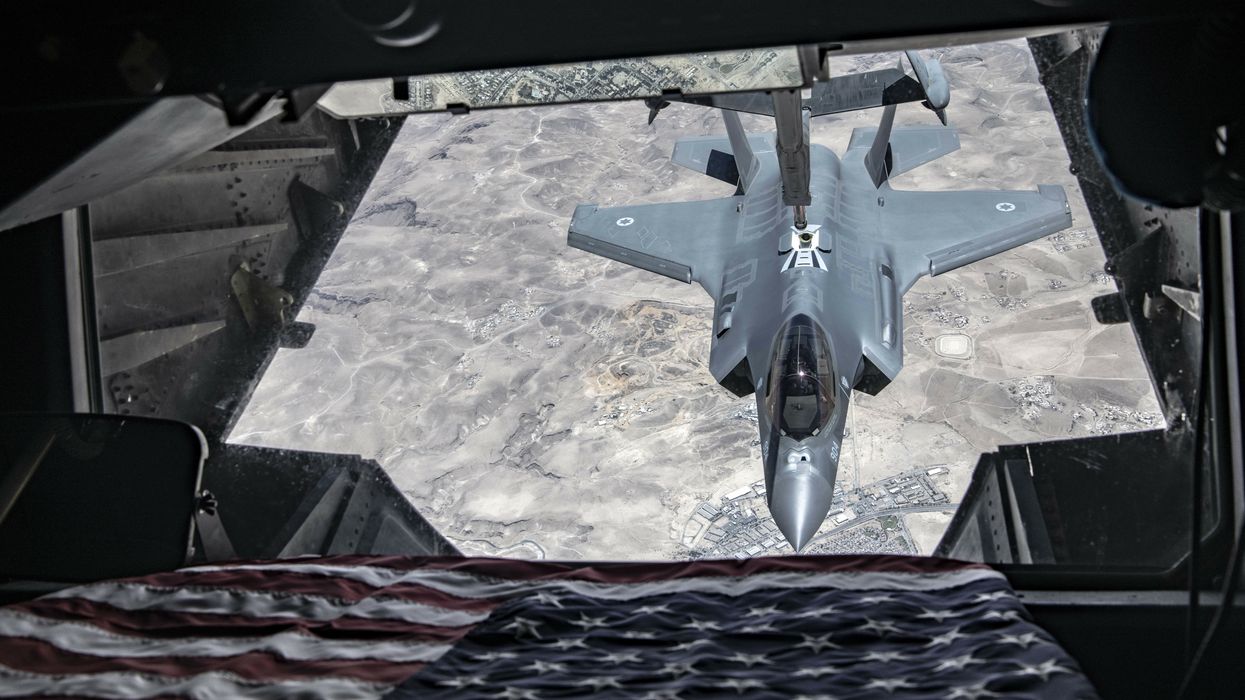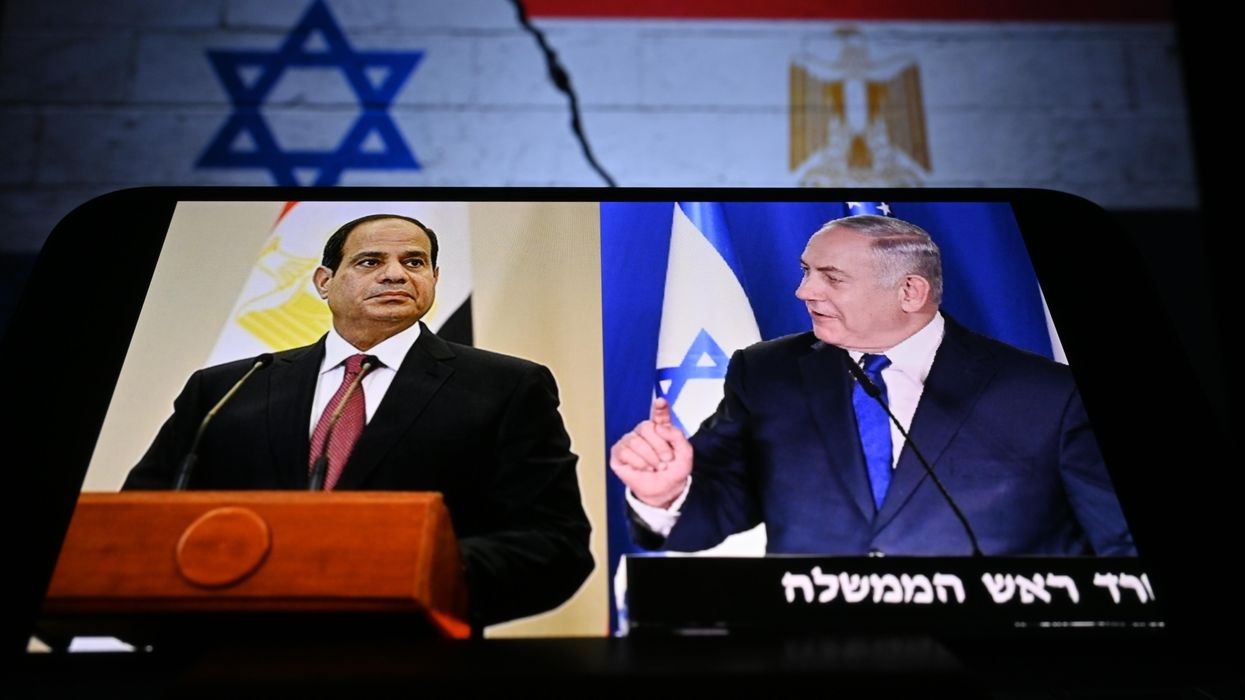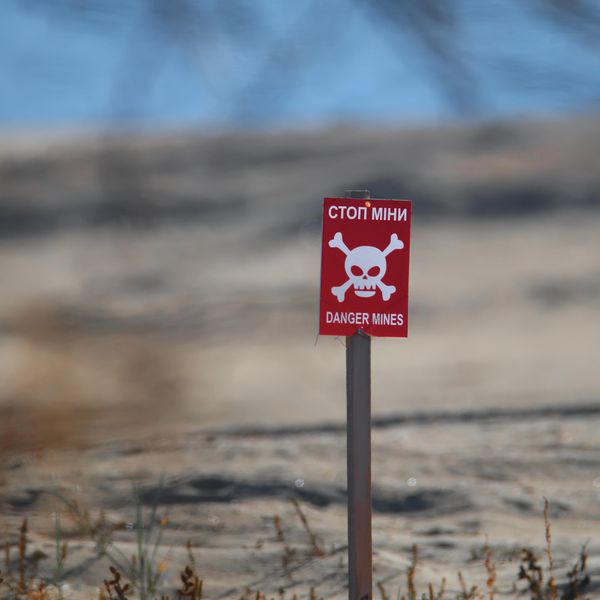The Trump administration’s policy toward Iran reached a new level of recklessness when U.S. Secretary of State Mike Pompeo announced this week that Washington would no longer waive sanctions for certain cooperative projects outlined in the 2015 nuclear deal with Iran.
With this move, it is increasingly clear that the Trump administration is bent on killing the multilateral nuclear accord and ensuring that there is no agreement for a future U.S. administration to return to, irrespective of the consequences for nonproliferation, regional stability, and U.S. credibility.
Specifically, Pompeo announced that companies would have 60 days to wind down activities related to modifying the unfinished reactor at Arak and transferring fuel to the Tehran Research Reactor, two projects that are required under the nuclear agreement, known as the Joint Comprehensive Plan of Action, or JCPOA, to reduce Iran’s proliferation risk. A waiver permitting activities to continue at Iran’s operational Bushehr nuclear power reactor was granted to “ensure safety of operations.”
Terminating the waivers does not come as a complete surprise, given the sanctions campaign that President Trump has pursued since withdrawing from the JCPOA in May 2018 — despite his administration acknowledging Iran’s compliance with the accord.
In the past two years, the U.S. sanctions campaign dried up almost all economic benefits for Iran envisioned by the deal, and international cooperation to advance civil nuclear projects is one of the few tangible benefits Iran still receives from the accord. With the Trump administration’s “maximum pressure” campaign failing (unsurprisingly) to push Iran back to the negotiating table or collapse the deal, the nuclear cooperative waivers were a visible target in the Trump administration’s continued quest to look tough on Iran. Iran hawks in Congress have also long pushed for ending the waivers.
But with this move the Trump administration has scored a massive own goal, because the United States clearly benefits from the nonproliferation value of these projects. In October 2019 when he renewed the waiver, Pompeo himself said that these projects "help preserve oversight of Iran’s civil nuclear program, reduce proliferation risks, constrain Iran’s ability to shorten its “breakout time” to a nuclear weapon, and prevent the regime from reconstituting sites for proliferation-sensitive purposes.”
Yet just months later, Pompeo now says he “cannot justify renewing the waiver” for these nuclear activities given that the “Iranian regime has continued its nuclear brinkmanship by expanding proliferation sensitive activities.” It is unclear exactly what Pompeo is referring to, as Iran has not taken any new steps to breach the deal since the waivers were extended two months ago. While Iran’s stockpile of low-enriched uranium has likely increased, it does not pose a near-term risk.
Even more importantly, the nonproliferation value of the projects in question has not changed. Continuing them does not increase the risk posed by Iran’s nuclear program. On the contrary, activities covered by the waivers removes justifications to enrich uranium to higher levels and keeps the plutonium pathway to the bomb off the table — two things that any administration genuinely concerned about nonproliferation should care about.
If completed as originally designed, the heavy water reactor at Arak would have produced enough plutonium that, when separated, would provide enough fissile material for about two nuclear weapons on an annual basis. The JCPOA required Iran to remove the core of the original reactor and destroy it — a move that inspectors verified in January 2016.
The deal also requires Iran to modify the reactor using an agreed upon design that produces significantly less plutonium that necessary for one nuclear bomb on an annual basis. The JCPOA stipulates specifically that the P5+1 — the U.S., U.K., France, China, and Russia plus Iran — will “support and facilitate the timely and safe construction of the modernized Arak reactor.”
China specifically has contracted with Iran to assist in the modifications. Furthermore, under the terms of the deal Iran must ship out the spent fuel for the lifetime of the reactor. In short, the solution blocked Iran’s pathway to a nuclear weapon using plutonium. Or, as the Trump administration itself noted in May 2019 the waivers were necessary to “prevent [the Arak reactor] from becoming a factory for weapons-grade plutonium.”
Assistant Secretary of State Chris Ford appeared to try and justify the Arak decision and down play the negative consequences by saying that Iran did not have the money or expertise to quickly rebuild the reactor and that the conversion project “hasn’t progressed so far beyond really what is more than a glorified series of committee meetings.”
But the slow progress is due in part to uncertainty over whether the United States would continue granting the sanctions waivers after Trump withdrew from the deal in May 2018. In a January 2019 interview, Ali Salehi, head of the Atomic Energy Organization of Iran, said that “ever since the U.S. withdrew from the nuclear deal, China has slowed its cooperation” on Arak, citing uncertainty over sanctions as the cause. And contrary to Ford’s claims, progress is still being made.
Now, with the waivers terminating, it is unclear if Iran will follow through on its threat to pursue construction at Arak based on the original design. It would still be years before the reactor is operational, so this does not pose a near term proliferation risk, but if Iran goes down this path it may be reluctant to modify the reactor down the road or it may insist on amending the JCPOA to reflect the changed status of the deal.
A more immediate risk is that Iran will use termination of the waiver for the Tehran Research Reactor as justification to resume enrichment to 20 percent. Iran enriched to this level prior to JCPOA negotiations, but is prohibited by the deal from enriching to levels above 3.67 percent for 15 years (Iran is now breaching that slightly and enriching to levels less than five percent). Since Iran is prohibited by the deal from producing its own fuel for the TRR, the deal requires the parties to the deal to assist Iran in buying it.
Now, with the waiver ending, Iran may argue that 20 percent enrichment is necessary to fuel the TRR. Any production and stockpiling of 20 percent enriched uranium would significantly reduce the time it would take Iran to produce enough weapons grade uranium for a nuclear bomb. Twenty percent enrichment is far below the greater than 90 percent enriched uranium required for weapons, but enriching from natural to 20 percent constitutes about 90 percent of the work required.
Essentially, the Trump administration just handed Iran grounds to argue that enrichment to higher levels is necessary to continue producing medical isotopes — a necessity exacerbated by Iran’s difficulties in importing medical supplies, despite U.S. sanctions exemptions.
The Trump administration’s decision also puts key European allies, Russia, and China in a tough spot. Assisting Iran with modifying Arak and facilitating the transfer of fuel for the TRR are not optional — they are JCPOA requirements. Without the waivers, going ahead with these projects risks U.S. penalties, but failing to follow through puts the P4+1 in violation of the JCPOA. This hands Iran another justification to further breach the deal in response or withdraw from the JCPOA altogether.
Recent U.S. actions clearly indicate that Trump is intent on destroying the deal and ensuring that there is no JCPOA for a future administration to return to. The Trump administration claims that it will negotiate a “better deal” with more stringent restrictions on Iran’s nuclear program, including zero enrichment and abandonment of the Arak reactor. This sounds appealing from a nonproliferation perspective — but it’s not realistic and it is not necessary to ensure that Iran’s nuclear activities remain peaceful and do not constitute a risk.
Furthermore, it’s not possible, as the Trump administration does not have the credibility or the international support to pull it off. But in the process of pursuing this mythical “better deal” Trump is trying to burn down the effective, verifiable agreement currently in place and ensure it cannot be rebuilt. And in burning the JCPOA, he risks igniting a new nuclear crisis in the Middle East.
















